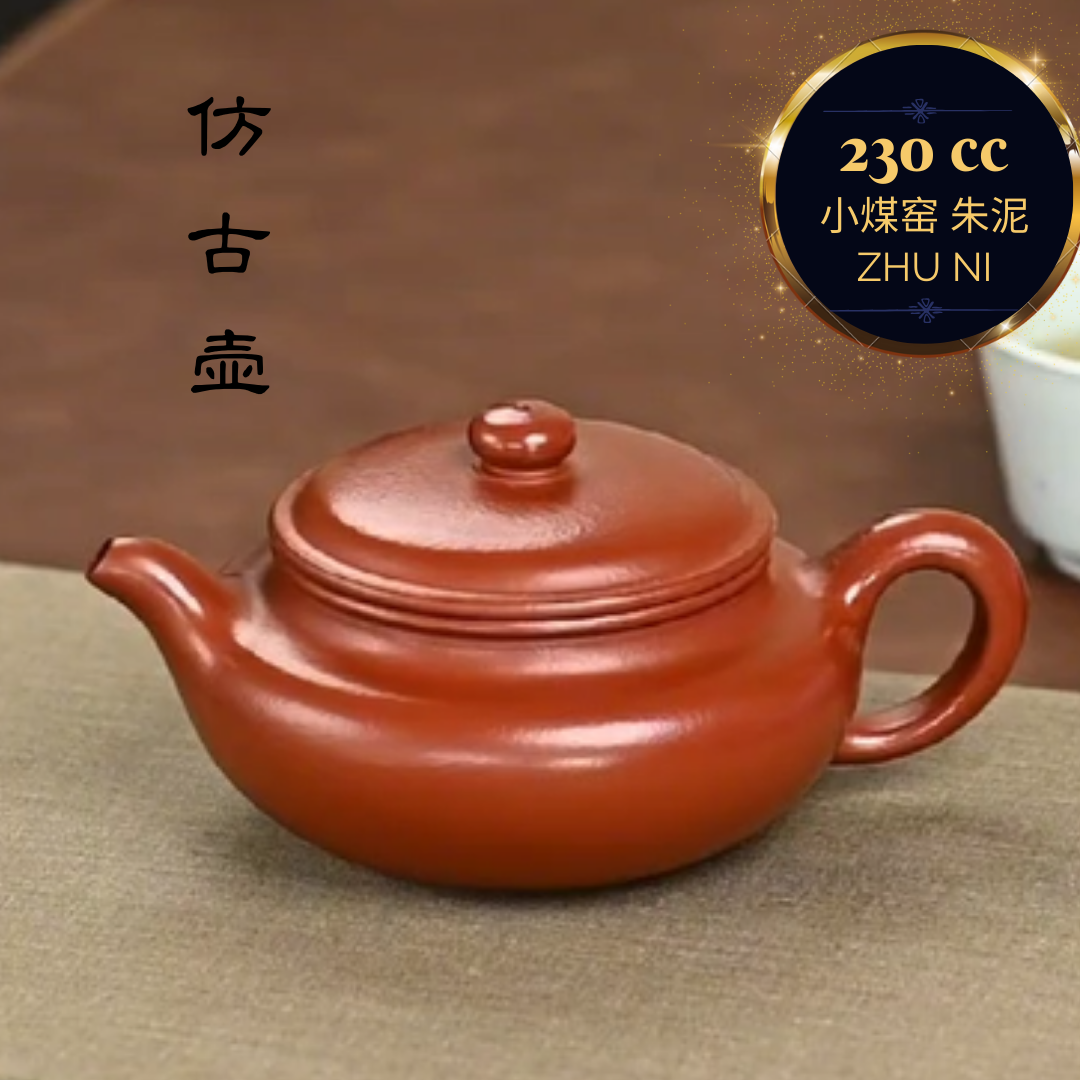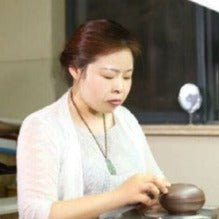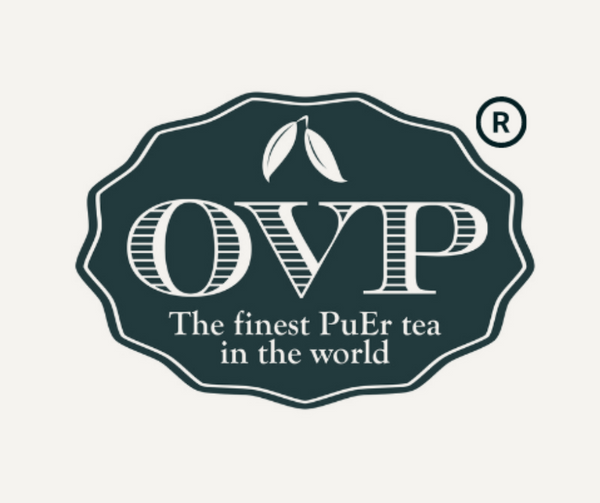OVP
ZISHA TEAPOT FANG GU, HANDMADE BY ARTIST LEVEL 3, WANG LI-JUAN(L3-2019)Zhu Ni
ZISHA TEAPOT FANG GU, HANDMADE BY ARTIST LEVEL 3, WANG LI-JUAN(L3-2019)Zhu Ni
Couldn't load pickup availability
🫖 FANG GU Teapot 皱皮朱泥 曼殊壶
Clay: Zhu Ni(Xiao Mei Yao)
Capacity: 230ml
Artist: WANG LI-JUAN 王利娟
Level: National Arts & Crafts Artist (Level 3 – awarded in 2015)
Includes: Certificate of authenticity + gift box
Fang Gu teapot, one of the essential "Three Musketeers" for teapot enthusiasts, originated from the drums used on ancient battlefields. Drums, as instruments to boost morale during clashes between two armies, played a role in cheering on the soldiers, sounding the retreat, and more. When referring to the Antique-style teapot, the term "Antique" is a representation of imitating the drum.
Traditional Chinese drums mainly originated from the central plains, with more than 20 varieties recorded before the Qin and Han dynasties. Despite varying in size and height, they were mostly characterized by a cylindrical shape with a thick waist.
According to records, one account suggests that it was initially created by Shao Daheng in the Qing Dynasty with the original intention of mimicking the shape of a drum. Over time, people started making teapots in this style, and the term "Antique-style" came to signify imitating ancient teapot shapes.
Another account traces it back to the modern era, where Zhao Songting, under the guidance of Wu Daizheng, crafted teapots with a flat body, bulging belly like a drum, tall neck, and a smooth lid. The teapot lid and mouth rim aligned seamlessly, forming a complete circular line, the flat knob being robust, and the rainbow knob having a natural flow. The circular handle rose evenly, with some styles having a droop at the bottom, creating a lively effect. The overall structure was well-proportioned, exhibiting a harmonious balance between contraction and expansion.
There are several conventions for Antique-style teapots:
Short Antique-style teapots have an overall elliptical profile.
The lid of the teapot is outside the elliptical outline.
The lid surface becomes a segment of a large ellipse, and the lid itself constitutes a central ellipse.
The lower contour line of the central ellipse is hidden within the upper end of the teapot body, not visible but must be felt.
The spout is also an ellipse, so the three ellipses should be different in size but have a consistent shape, appearing coherent and responsive. Moreover, the long axes of the three ellipses should have a golden ratio relationship.
Visually, the distance between the handle and the mouth of the Antique-style teapot should be exactly equal, forming a harmonious airflow between the handle and the spout, and the connection between the end and the teapot body should be symmetrical, and smooth, and should not disrupt the teapot's contour line.
The teapot body should be plump with a sense of expansion. The lid and the teapot body should form a seamless unity, with the lid edge and the mouth rim being smooth and full, like tightly closed lips.




